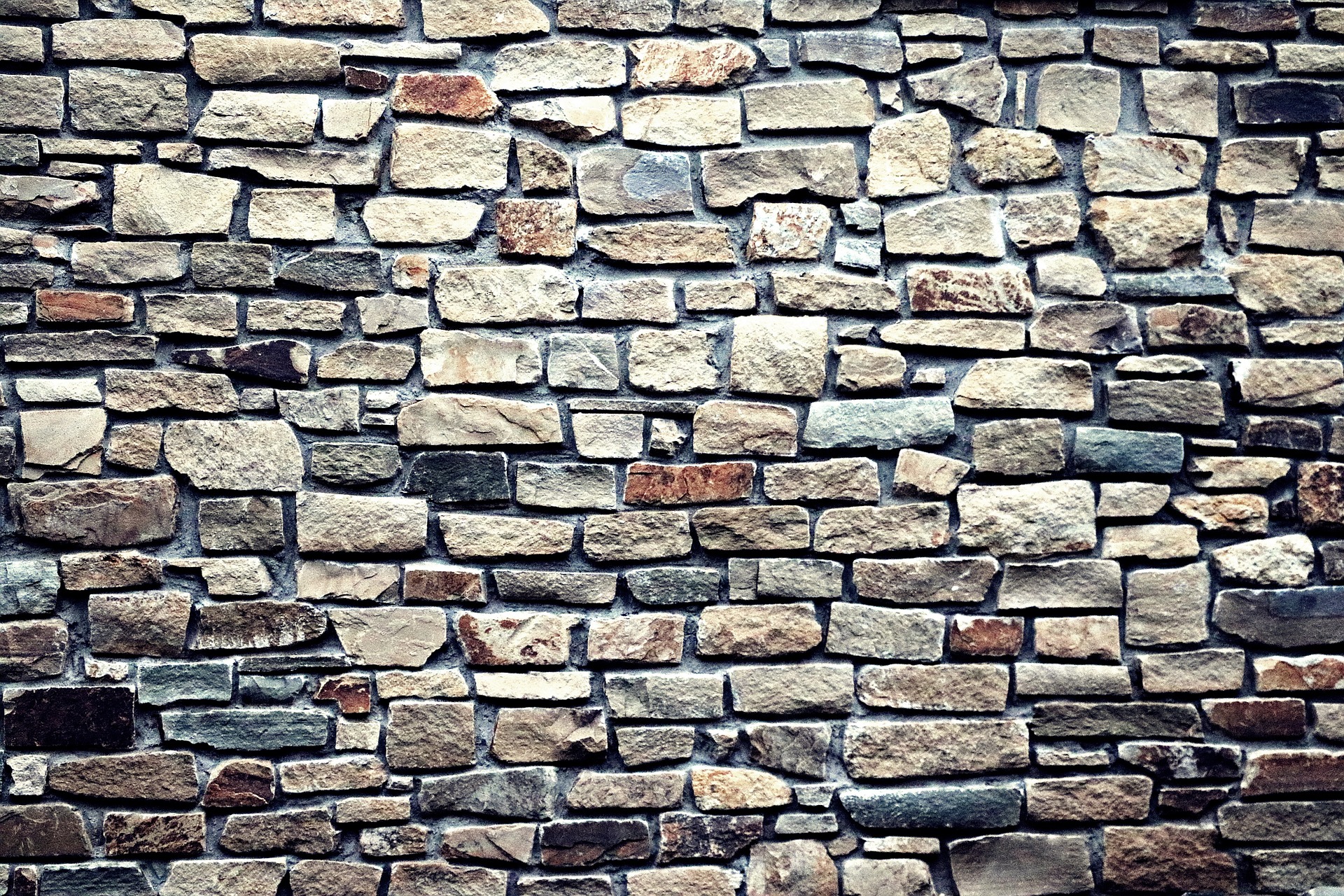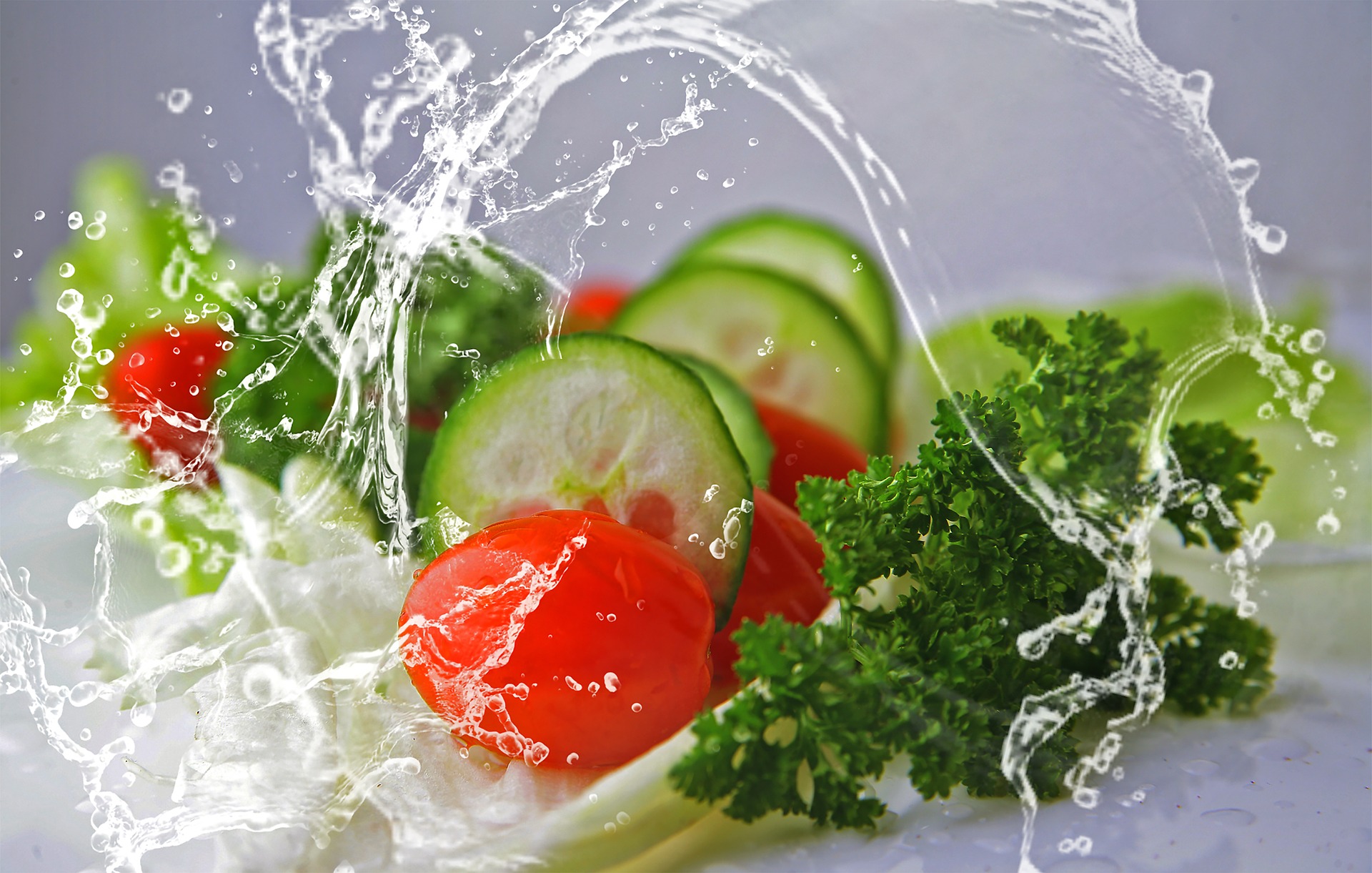What are the different options for plastering new and existing walls?

You have many different options when you’re plastering new and old walls. You can use lime putty, Ready mix plaster, or plasterboard. If you’re painting the wall, you have several options. Learn about all of them and decide which method best suits your project. Listed below are the different options:
Ready-mix plaster
A common form of plastering, ready mix plaster has pre-measured proportions of cement and sand, making it ideal for DIY projects. You only need to add water to mix it, thus making it easy to use and apply. While it does require time, this method allows you to be precise and achieve the desired results.
When plastering brick surfaces, PVA emulsion is an option. It forms a bond with the bricks or other wall surfaces. However, debris can interfere with the bond between the wall and the products. If the wall is dirty, the plaster will crack or flake. So, cleaning the area is the best way to avoid this. Once you’ve prepared the surface properly, it’s time to apply the first coat.
It’s an essential part of the project and should be applied with as little mess as possible. However, the second coat must be a minimum of half the thickness of the first. The expert plasterer should allow the first coat to dry and then add another half-inch layer of the same thickness to complete the job. After the first coat has dried, the plasterer should use a texturing machine to apply the second coat.
Mix Plaster
Another option for plastering old and new walls is ready to mix plaster. It is an excellent solution for patching walls, as it contains the necessary proportions of gypsum and aggregate for a high-quality finish. Homeowners can also opt for this option to patch their walls. Ready-mix plaster includes the proper amount of aggregate and gypsum, and all they need to do is add water, and they’re good to go.
Lime putty
One of the significant benefits of lime plaster is that it can breathe, allowing the building to breathe. It helps the walls retain structural integrity and protect the building. While this material is more expensive than other options, it is an excellent option for many plastering projects. In addition to being environmentally friendly, lime putty can also help protect buildings from moisture. However, be aware that it is not compatible with Portland cement.
Another advantage of lime putty is that you can use it to patch small areas. To make lime putty, mix one-part lime with three parts water and one part gypsum. Mix the mixture in a ring or doughnut shape. Once combined, the ring or doughnut can absorb most of the water. This method is best suited for small patchwork as it is less expensive than using lime plaster to plaster a large area.
Plasterboard
There are two basic methods for plastering a wall. First, you can use Fine Grain Plaster or Gypsum Plaster. Fine Grain Plaster is more durable and can be used on walls and floors. Gypsum Plaster is a powder that is mixed with water before application. It is generally applied to walls within 35 minutes and is less expensive than lime plaster. Gypsum is also available in tinted versions, which are more attractive than the basic white plaster.
Plaster has inherent water resistance. Compared to drywall, it is much better at blocking moisture. But the difficulty of retrofitting insulation on plaster walls is high, and it requires the help of a professional. Do-it-yourself insulation attempts can damage plaster walls and cause mould to grow. Hence, professional assistance is necessary. It would help if you did not attempt this on your own, as it may end up causing further damage and mould.
Plastering can also be tricky to hang on. Plaster walls are thicker and harder to drill through, making it more difficult to hang pictures. Fortunately, some tricks are for hanging pictures and artwork on plaster walls.
Painting plaster
Plastering is an essential part of interior decoration that can increase or decrease the value of your home. Depending on your plaster, a plastering job can add substantial value to your home and make it look more elegant and luxurious.
Depending on your budget, there are different types of plaster available. A variety of standard decorating plaster is a ready-mix plaster, and it contains the correct ratio of cement and sand and requires just water to apply to your walls. This option is great for do-it-yourselfers as it allows for precise placement. Once the plaster has dried, you may choose to paint it or decorate the wall with other materials. You may also check Top Gun Plastering to help you.
Old plastered walls can benefit from multiple layers of PVA primer. It is a good option for existing walls as it ensures the plaster has a suitable adhesive. Then, you can sand uneven patches with fine sandpaper, but be careful not to sand too hard, or you will damage the surrounding wall. Then, let the plaster dry before troweling it over.





